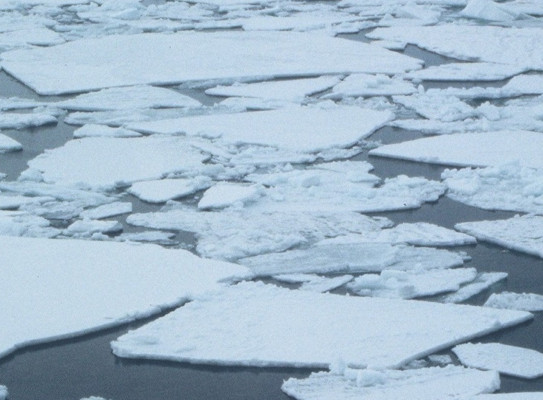
Tracking CO₂ absorption in the Southern Ocean

The Southern Ocean is a particularly strong “carbon sink”, but climate change may reduce its capacity to absorb that CO₂. Finding out why this is happening will help predict future change.
Overview
The Southern Ocean is one of our most important carbon sinks.
- it’s critical in keeping CO2 levels in the atmosphere at manageable levels
- it takes up about 10% of all the CO2 emitted by humans
But that sink rate is changing. It slowed in the 1990s, sped up in the 2000s and now it seems to be slowing again.
We don’t know much about how this happens, but we do know the rate and mechanisms of the CO2 uptake are critical for predictions of future climate change.
This project is part of an international research effort on global and climate change where we research global change through time.
The project aims to
- determine controls on Southern Ocean carbon exchange and predict future uptake rates
- improve our understanding of the Antarctic and Ross Sea region’s environmental impact on the planet, and how this might change in a warming world
To achieve these aims, we will
- collect air samples from across the Southern Ocean
The project
Why the Southern Ocean?
The Southern Ocean is the huge stretch of open water between Antarctica and New Zealand. Analysing these air samples will help us understand more about how this area’s climate impacts the whole planet, and how this might change in a warming world.
The uptake process depends on how much CO2 can be absorbed into its surface water.
When deep waters come to the surface, they’re richer in carbon, meaning they absorb less CO2. We think changes in the amount of deep water rising to the surface is a major control on the rate of that uptake.
These deep waters have been out of contact with the atmosphere for thousands of years, so they have lower radiocarbon than the atmosphere. That gives us a clue about the strength of that upwelling of deep water that we can’t get from measuring CO2 concentrations.
Could you take an air sample for us?
This is real citizen science – asking crew on fishing boats and passengers on tourist ships to collect air samples. While it sounds a bit casual, it’s anything but. In fact, it’s hugely useful in helping us understand what’s happening in the Southern Ocean.
First of all, it’s no mean feat to get down to the Southern Ocean and take samples. We use what’s called “ships of opportunity” – ships heading through the Southern Ocean and Ross Sea. NIWA’s research vessel, the RV Tangaroa, also takes samples.
“We take all the air out of glass flasks and hand them over to the ships when they’re in port. A volunteer goes up to the front of the ship, as high up as they can. They open the flask and the air rushes in. They record the time, day, latitude and longitude, and then we analyse them back in the lab,” says GNS Science climate scientist Jocelyn Turnbull. She’s in charge of analysing those air samples as part of the Antarctic Science Platform(external link)
Her team took a similarly innovative approach with data collection during the first Covid-19 Level 4 lockdown in 2020.
